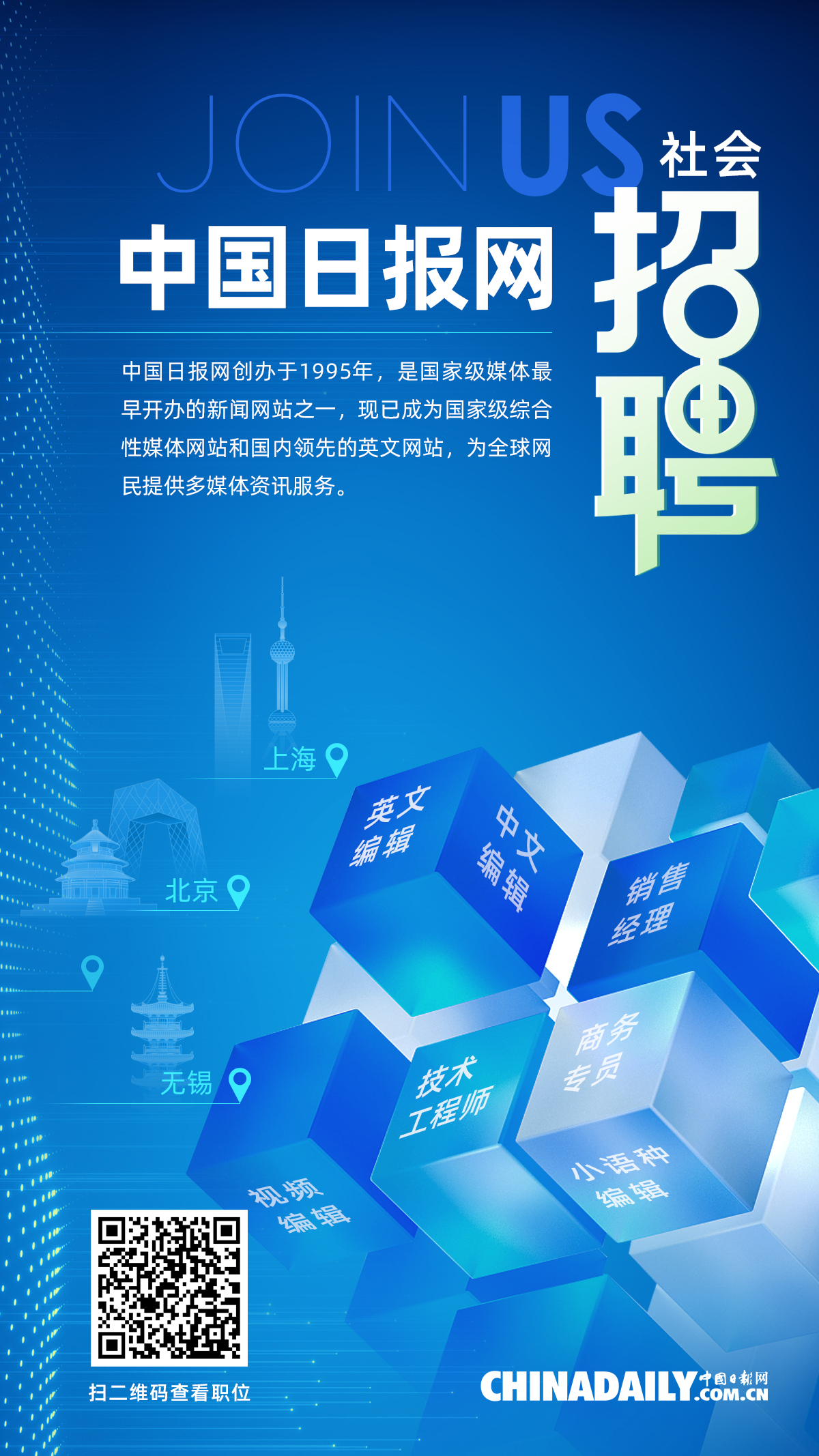
近年來,二手奢侈品交易量在國內(nèi)快速增長,中國更是躍升為全球最大的奢侈品消費(fèi)市場,為了制定行業(yè)規(guī)范和通用的鑒定標(biāo)準(zhǔn),中國出入境檢驗(yàn)檢疫協(xié)會日前成立了奢侈品專業(yè)委員會。

With prices of luxury products rising and the popularity of livestreaming e-commerce blossoming in the country, secondhand luxury products are seeing strong growth in China.
隨著奢侈品價(jià)格的上漲和國內(nèi)直播帶貨的流行,二手奢侈品交易在中國漲勢迅猛。
China has emerged as a major market for new and secondhand luxury products with significant growth potential, but a sound industry standard has not been established yet.
中國躍升為增長潛力巨大的奢侈品和二手奢侈品主要市場,但是目前尚未建立完善的行業(yè)準(zhǔn)則。
To this end, a professional committee for luxury products was established last Friday to better meet market demand by the China Entry-Exit Inspection and Quarantine Association-a voluntary nonprofit nationwide social organization composed of market players related to the entry-exit inspection and quarantine sectors of the country.
為了更好地滿足市場需求,中國出入境檢驗(yàn)檢疫協(xié)會于3月25日成立了奢侈品專業(yè)委員會。中國出入境檢驗(yàn)檢疫協(xié)會是一家全國性非營利社會組織,由全國從事出入境檢驗(yàn)檢疫工作的企、事業(yè)單位和有關(guān)社團(tuán)組織及人士自愿組成。
The committee aims to formulate industry standards and institutionalized communication mechanisms. By gathering experts, appraisal agencies and retailers together, the committee hopes to unify appraisal standards and assess the range of valuation of certain products.
奢侈品專業(yè)委員會將業(yè)內(nèi)專家、鑒定機(jī)構(gòu)和零售商聚集到一起,共同制定行業(yè)規(guī)范,并建立行業(yè)制度化、規(guī)范化的溝通機(jī)制,希望能制定出行業(yè)內(nèi)通用的奢侈品檢驗(yàn)鑒定標(biāo)準(zhǔn)。
China has become the largest luxury consumption market globally. In 2021, sales of personal luxury products in China reached 471 billion yuan ($74 billion), up 36 percent year-on-year, a report by consultancy Bain& Co said.
中國已成為全球最大的奢侈品消費(fèi)市場。貝恩咨詢公司的報(bào)告顯示,中國個(gè)人奢侈品市場2021全年實(shí)現(xiàn)36%的增長,達(dá)到近4710億元人民幣。
Unlike some Western markets, young Chinese consumers have become the main demographic for luxury spending in China, and the trend has been prominent in the secondhand luxury market as well, said a report by market research firm iResearch.
市場調(diào)研機(jī)構(gòu)艾瑞咨詢公司報(bào)告稱,和一些西方市場不同,中國年輕消費(fèi)者成為中國奢侈品消費(fèi)的主力人群,這一潮流在二手奢侈品市場也很突出。
For secondhand luxury goods, its business scale accounts for 5 percent of the total luxury market in China, which is 20 percent to 30 percent lower than figures seen in some developed markets, according to a report by the University of International Business and Economics and Youshe Yipai, a platform for secondhand luxury deals.
對外經(jīng)濟(jì)貿(mào)易大學(xué)和二手奢侈品交易平臺優(yōu)奢易拍聯(lián)合發(fā)布的報(bào)告顯示,我國二手奢侈品市場規(guī)模占奢侈品行業(yè)市場規(guī)模的5%,比一些發(fā)達(dá)國家的占比低20%至30%。
Despite the fact that spending on luxury goods has grown rapidly in China, the nation has insufficient talent and experience in the luxury market.
盡管中國奢侈品消費(fèi)猛增,但是還面臨奢侈品市場人才和經(jīng)驗(yàn)不足的現(xiàn)狀。
"The professional committee should do more industry analysis, provide guidance to the sector and strengthen the fostering of more talents," said Wang Qinhua, a former senior official with the Ministry of Commerce.
商務(wù)部原機(jī)電和科技產(chǎn)業(yè)司司長王琴華指出,奢侈品專業(yè)委員會要多做行業(yè)分析,為會員提供宏觀行業(yè)指引,加強(qiáng)人才培養(yǎng)。
英文來源:中國日報(bào)
翻譯&編輯:丹妮
